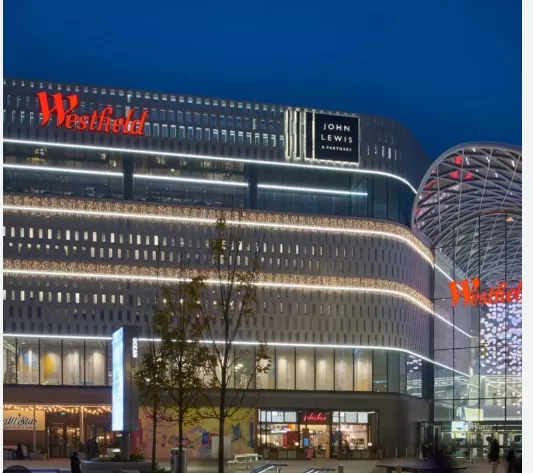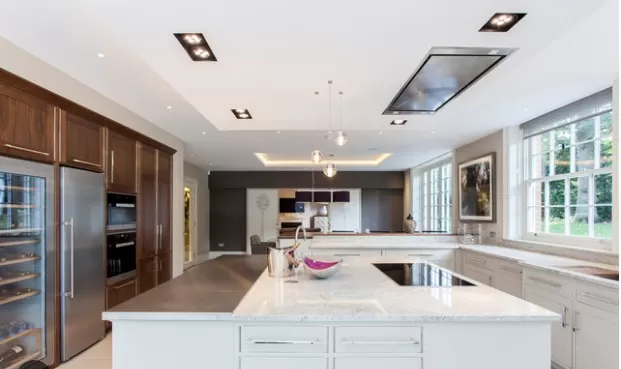DIY Lighting Plan: Step-by-Step Guide. Thoughtful lighting design can significantly enhance the ambiance and functionality of your living spaces at home. Start by understanding the different types of lighting and their purposes.
Ambient lighting provides overall illumination and sets the mood of a room. Task lighting focuses on specific work areas, such as reading or cooking. Accent lighting highlights artwork or architectural features. Once you have a grasp of the types of lighting, consider layering them to create a balanced and versatile lighting scheme. This involves using a combination of overhead fixtures, floor and table lamps, recessed lights, and wall sconces. Don’t forget natural light, as it can make a space feel more vibrant and open. Additionally, consider incorporating dimmers and smart lighting controls to adjust the intensity and color temperature of the light according to your needs and preferences. By carefully selecting and arranging lighting fixtures, you can transform your living spaces into welcoming, efficient, and visually appealing areas in your home.
Harnessing the Power of Lighting and Atmosphere

When planning lighting designs in places like malls or open office environments, it’s common to come across a uniform illumination approach that aims to light up everything without highlighting specific elements. However, it’s crucial to acknowledge the inherent unevenness of natural light patterns. Daylit spaces naturally undergo fluctuations in light intensity, varying from one moment to the next and from one area to another.
When lighting is completely uniform, it can feel cold and artificial. Instead, consider the inviting and cozy atmosphere of a restaurant with individual lights illuminating each table, the warmth of a lamp next to a comfortable armchair in your den, or the focused desk light used for a teenager’s homework.
By embracing the concept of varying light patterns and creating diverse lighting sources in your kitchen, you can enhance the overall atmosphere and evoke specific moods. Consider incorporating a combination of ambient lighting, task lighting, and accent lighting to create depth, warmth, and functionality in different areas of the kitchen.
This approach allows you to highlight specific features, create cozy corners, and provide ample illumination for various activities. Ultimately, it’s about striking a balance between functionality, aesthetics, and creating a welcoming atmosphere that suits your personal preferences.
Creating Layers of Light for a Well-Designed Space

Planning the lighting for your home is crucial to create the desired atmosphere and optimize functionality in every room. By considering the different layers of light, you can achieve a well-balanced and inviting space.
Here are some key concepts to keep in mind:.
Ambient Lighting
This is the general, all-purpose lighting that ensures safe movement throughout the space.
Avoid high illuminance levels unless specific visually demanding activities are performed in the room. Complement ambient lighting with accent or task lighting for a more balanced and versatile lighting setup.
Indirect Lighting
Indirect lighting involves illuminating the ceiling and upper walls of a room, minimizing shadows and reflected glare.
This technique, also known as uplighting, is useful for spaces with glossy or reflective surfaces, such as computer or television screens. It creates a soft and diffused light that enhances visual comfort.
Wall Washing
Wall washing focuses on evenly lighting a vertical surface, drawing attention to features like artwork, fireplaces, or entrances.
This technique helps make a room feel larger and can be achieved by placing luminaires on or in the ceiling or on the floor. Be cautious when applying wall washing to surfaces with windows or mirrors to avoid glare and maintain uniform lighting.
Accent Lighting
Accent lighting is used to highlight specific objects or areas in a room.
By directing focused light onto these elements, you can create dramatic effects and draw attention to architectural details or decorative pieces. Remember not to overdo accent lighting, as excessive use can create a chaotic or disorganized atmosphere.
Less ambient light surrounding the accented objects can further enhance their impact and Save Energy.
Task Lighting
Task lighting provides focused illumination for specific activities in a room, such as reading, cooking, or working at a desk. It is particularly important for tasks requiring detailed vision or when there is limited contrast.
Consider the specific needs of each room and identify areas where task lighting is essential, such as the kitchen, study, Home Office, workshop, or project room. Increasing lighting levels for aging eyes is crucial, as older individuals often require more light for visual tasks.
By incorporating these various layers of light into your home’s lighting design, you can create a well-balanced and functional space that caters to different activities and moods.
Remember to consider energy efficiency by using light-colored objects on dark backgrounds to reduce lighting requirements while adding visual impact.
Planning the Power of Lighting: Transforming Your Kitchen’s Ambiance

Planning the lighting design in your kitchen is crucial for creating the desired ambiance. Lighting plays a pivotal role in shaping the overall atmosphere of any space, and the kitchen is no exception.
By carefully considering your lighting choices, you can transform your kitchen into a welcoming and functional hub of the home. In this article, we will explore two more aspects of lighting design that can enhance your kitchen’s atmosphere and create a delightful culinary environment.
Pendant Lights: Adding Elegance and PersonalityPendant lights are an excellent way to infuse style and personality into your kitchen.
These suspended light fixtures come in a wide array of designs, from sleek and minimalist to intricate and artistic. Installing pendant lights above your kitchen island or dining area not only provides focused task lighting but also serves as a striking focal point, adding visual interest to the space.
Choose pendant lights that complement your kitchen’s style and color scheme, whether it’s industrial, modern, or rustic. The soft glow of pendant lights creates an inviting atmosphere, making them perfect for gathering and socializing with friends and family while preparing meals.
Under-Cabinet Lighting: Illuminating and Enhancing FunctionalityTo enhance both aesthetics and functionality, consider incorporating under-cabinet lighting in your kitchen.
These discreet light fixtures are installed underneath the upper cabinets, providing targeted illumination onto the countertops below. Under-cabinet lights are practical for tasks like food preparation and cooking, as they eliminate shadows and provide ample light exactly where it’s needed.
They also serve as an excellent ambient lighting source during evenings or when the main overhead lights are dimmed. LED strip lights are a popular choice for under-cabinet lighting due to their energy efficiency, versatility, and ability to create a warm and inviting glow.
With under-cabinet lighting, you can transform your kitchen into a well-lit and visually appealing space, highlighting the beauty of your countertops and backsplash while making daily tasks more enjoyable.
*The information is for reference only.